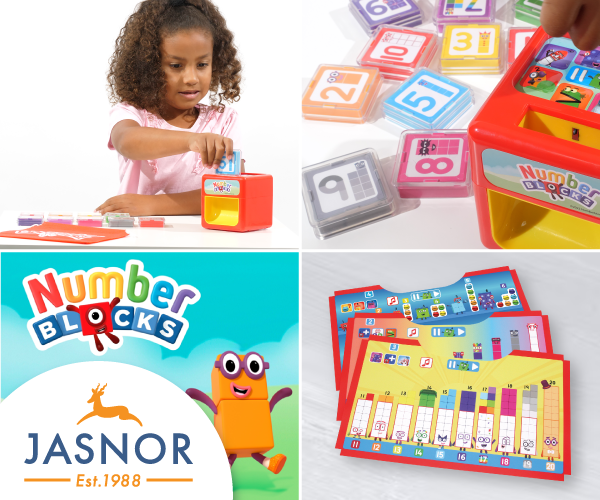Dan Amos is Head of New Media of Tinderbox, the dedicated digital division of leading global brand extension agency, Beanstalk.
To the uninitiated, the growing popularity of eSports – spectators watching other people play games – might seem like a peculiar phenomenon. Individuals or teams are battling each other in titles such as Dota 2, Halo, StarCraft and Gears of War, and fans, some of who have paid more than $200 for their tickets, are following the combat live from their seats. Competitive computer gaming has by many an expert been branded the new “billion dollar industry” and depending on who you ask, there are up to 134 million enthusiasts following the tournaments worldwide. In fact, although it might sound like an unrealistically high number, recent reports estimate that the eSports sector is set to generate global revenue of $621 million this year(1). Add to this prize pots in the multiple million dollar range, as well as tickets that sell out within the hour, and you soon realise that this is an entertainment sector to be reckoned with.
As a proud and longstanding gaming geek, I am personally fascinated, yet not entirely surprised, by the rising popularity of eSports. After years of split-screen gaming on titles such as Halo, Mario Kart and Goldeneye, I have perhaps missed my calling as an eSports athlete, but competitive gaming has certainly evolved significantly since the early iterations of multiplayer games. This is an industry that has gone from juvenile and niche to a mainstream entertainment phenomenon, much thanks to the birth and explosive growth of livestreaming services such as YouTube Gaming and Twitch. And while some sceptical voices question the longevity of the industry, claiming that games (just like other trend driven products), are prone to go out of style, I am certain that professional leagues, such as The Halo Championship Series, are here to stay. In fact, I would like to argue that eSports is about so much more than the popularity of individual titles; rather, it is about bringing communities of enthusiasts together, enjoying something they all share a deep fascination for, in an exhilarating, immersive set-up. It is also about the connection fans establish to the gamers that they admire, the aforementioned streaming platforms ensuring that a world-class gaming experience is never more than a split second click away.
In my opinion, it is exactly this – the rise of tight-knit communities sharing a love of gaming – that has made eSports the lucrative industry it indisputably is today. The accessibility, openness and immediate gratification make this an incredibly democratic form of entertainment; an all-immersive experience which can be enjoyed simultaneously by millions of dedicated viewers in vastly different parts of the wold. In 2013, one of the world’s leading competitive gaming leagues, Turtle Entertainment owned ‘ESL’, reported active communities in more than 46 countries across the globe(2). Two years on, streaming platform Twitch claims to have over 100 million unique monthly viewers and, according to numerous industry reports, the League of Legends 2014 World Championships had more than 32 million viewers online(3).
Similarly, it is virtually impossible to have missed the explosive rise to fame of YouTube stars such as Swedish born PewDiePie (real name: Felix Kjellgren), whose 39 million subscribers have turned his ‘let’s play’ gaming channel into one of the online video streaming giant’s most successful ones to date. The charismatic 25-year old has made a minor fortune (according to several sources, $7.4 million to be exact) on posting videos of himself playing, and humouristically commenting on, leading AAA franchises as well as small independents and iconic retro style games(4). It is safe to say that the force behind the incredible success of YouTube stars is similar to that driving the growth of eSports: both are built on an inclusive format which allows fans across the world to form dedicated communities which in turn translate into loyalty and a close connection between viewers and the gamers they admire. For brands, be they video games or other types of properties, this form of consumer engagement is an incredibly powerful tool when extending their assets into new product categories.
What is interesting about the formation of online communities, and their impact on potential extension opportunities for brands, is that companies are somewhat giving up control of their properties, inviting their audiences to fully immerse themselves in the brand, hence creating an even stronger emotional bond between fans and their favourite franchises. In that sense, YouTube stars as well as eSports events function as drivers for brand engagement and this can in turn be used to create or boost appetite for licensed products. It is also safe to say that streaming services such as Twitch have greatly contributed to increasing the visibility of many of these franchises, tapping into new potential consumer groups by making them available to people who do not necessarily play the actual game.
In July, I was fortunate enough to attend the hugely popular Minecraft convention, MineCon, and what struck me (apart from the incredible size of the 10,000 attendee spectacle) was that, for many a visitor, Mojang’s best-selling video game was not the primary draw. Instead, a significant group was first and foremost there to catch a sight of StampyLongHead; a British born 25-year old whose 6.4+ million subscriber YouTube channel features him playing Minecraft as his virtual cat character alter ego. Interestingly, Stampy (real name: Joseph Garrett) is primarily targeting a 6-14 year old audience whereas Minecraft, the actual game on which he has built his success, was originally skewed against a slightly older demographic. This only goes to show the incredible impact of gaming personalities, as well as the communities they create, and further proves how they help in exposing brands to a much broader consumer base.
For video games, the implications related to building successful licensing programmes are many. Consumer connection and awareness are two of the main things we look at when evaluating extension viability and clearly, online communities help in building both of these aspects for the franchises to which they are associated. Therefore, a game’s presence in the eSports space (or on streaming sites such as YouTube) may directly influence its perceived opportunities in licensing and potentially even skew the direction in which the strategy is heading. In that sense, savvy brand owners should embrace and encourage the online communities supporting their titles and find a way to capitalise on fans’ devotion when extending their scope through licensing.
For more information, visit www.tboxgency.com or follow us on social media:
Facebook: www.facebook.com/tboxagency
Twitter: @tbox_agency
Instagram: @tbox_agency
(1) Superdata
(2) The Coversation
(3) The Verge
(4) Business Insider










